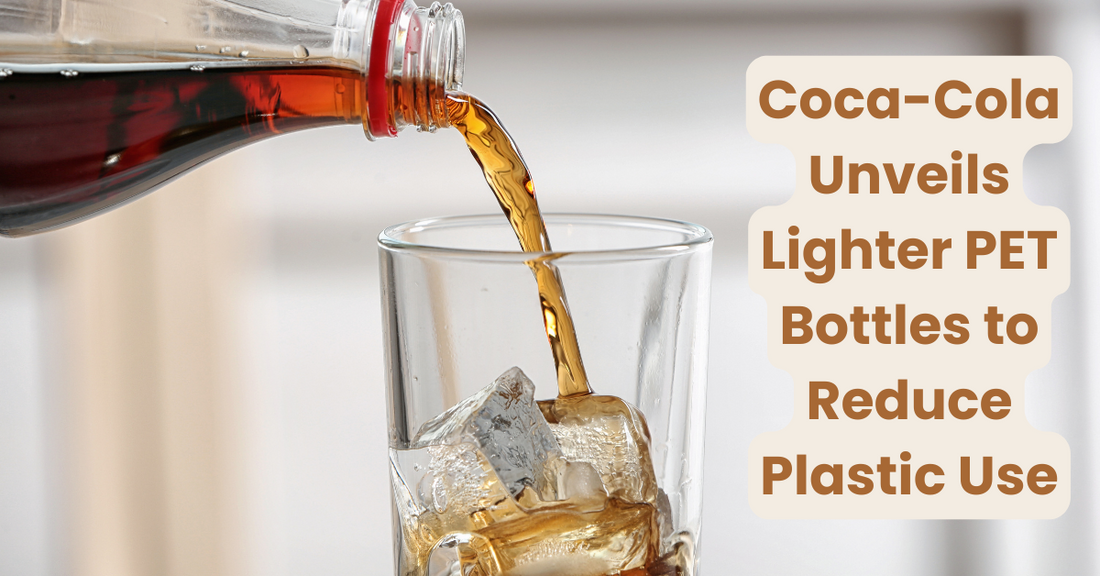
Coca-Cola Unveils Lighter PET Bottles to Reduce Plastic Use
Share
In 2024, Coca-Cola North America took a significant step toward reducing its environmental footprint with the introduction of newly designed, lightweight PET bottles.
The company has optimized its 12-ounce, 16.9-ounce, and 20-ounce bottles for popular brands like Coca-Cola, Sprite, and Fanta, reducing the amount of plastic used while maintaining strength and durability.
This innovation is part of Coca-Cola’s broader commitment to sustainability and packaging efficiency, as the company aims to lessen its reliance on new plastic and improve recyclability.
Over the past decade, Coca-Cola has progressively refined its bottle designs, achieving a notable 31% reduction in plastic weight.
These new bottles weigh 18.5 grams, down from 27 grams, thanks to advancements in modeling technology that allow for material reductions without compromising product integrity.
The lighter design is expected to cut down the production of new plastic by hundreds of millions of bottles in the coming years, contributing to Coca-Cola’s World Without Waste initiative.
Additionally, the move is anticipated to significantly lower carbon emissions, with estimated reductions comparable to removing thousands of cars from the road annually.
Looking ahead, Coca-Cola is exploring the potential to expand this lightweight design to larger bottle sizes, including its 2-liter and 24-ounce formats.
By focusing on smarter, more efficient bottle designs, Coca-Cola is not only optimizing its production processes but also aligning with growing consumer expectations for environmentally responsible packaging solutions.
As the company works toward its goal of incorporating 50% recycled content in packaging by 2030, initiatives like this highlight a meaningful shift toward a more sustainable future.
Read Coca-Cola's full article on the topic here. That article shares how they're reducing plastic use while maintaining integrity of the bottle design as well as expected results for carbon emissions savings and plastic use savings.
